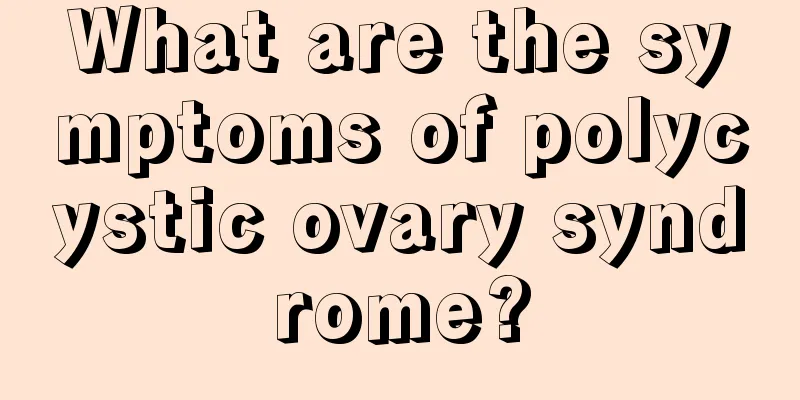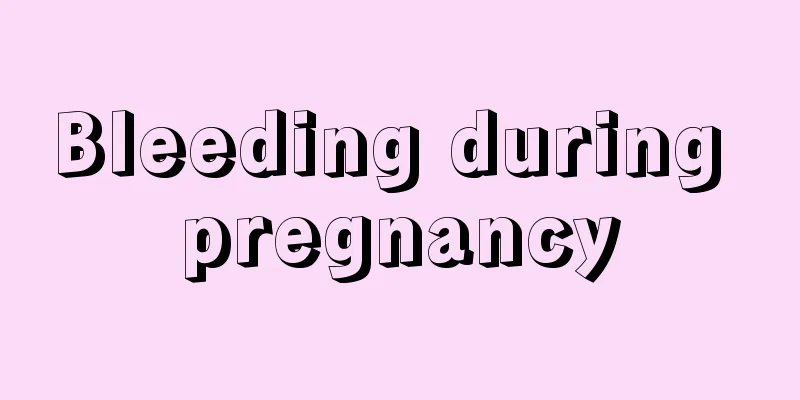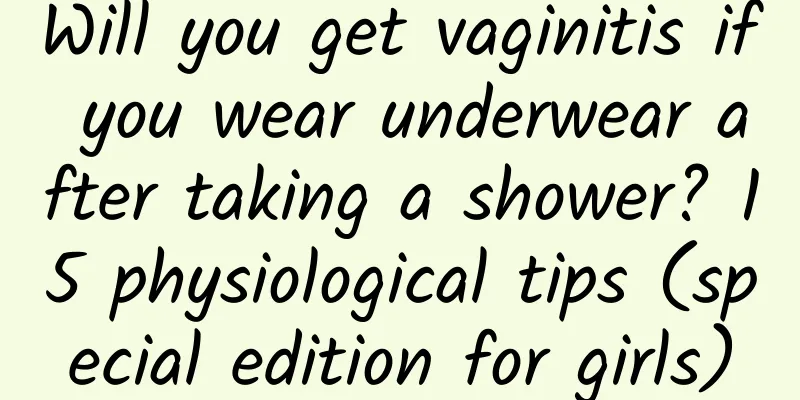What are the symptoms of polycystic ovary syndrome?

|
Women with polycystic ovary syndrome will experience symptoms such as amenorrhea and infertility. Because ovulation is not frequent, if the endometrium has excessive proliferation, this condition is more serious and the treatment will be very complicated. So what are the symptoms of polycystic ovary syndrome? The following editor will tell you what the symptoms of polycystic ovary syndrome are. 1. Abnormal menstruation: oligomenorrhea, amenorrhea, and in a few cases, functional uterine bleeding. It often occurs during adolescence and is characterized by irregular menstruation after menarche. 2. Hirsutism is common, with an incidence rate of up to 69%. Due to the increase in androgen levels, the vellus hair on the upper lip, lower jaw, chest, back, middle of the lower abdomen, both sides of the upper thighs and around the anus may become thicker and more numerous, but the degree of hirsutism is not proportional to the androgen level. It may also be accompanied by acne, excessive facial sebum secretion, deep and rough voice, enlarged clitoris, Adam's apple and other signs of masculinization. 3. Infertility Due to long-term anovulation, patients often suffer from infertility, and sometimes there may be occasional ovulation or miscarriage, with an incidence rate of up to 74%. 4. Obesity accounts for more than 20% of the body weight, and those with a body mass index ≥25 account for 30% to 60%. Obesity is mostly concentrated in the upper body, with a waist/hip ratio > 0.85. It usually starts during adolescence and gradually worsens with age. 5. Acanthosis nigricans: Gray-brown pigmentation appears symmetrically in the skin folds of the labia, back of the neck, armpits, under the breasts and groin, and the skin becomes thickened and soft in texture. 6. Ovarian enlargement: In a few patients, enlarged and firm ovaries can be felt through general gynecological examination, but most of them require B-ultrasound examination to confirm. 7. Estrogen cannot produce progesterone due to the absence of ovulation. If high amounts of estrogen stimulate the endometrium for a long time, it may cause excessive endometrial hyperplasia, atypical hyperplasia, and even cancer. After reading the above content, do you have an understanding of the symptoms of polycystic ovary syndrome? The symptoms of cystic ovary are mostly hirsutism, and the incidence of this symptom is 69%. Of course, you should also pay more attention to your weight, not too thin or too fat, and try to keep your body balanced. Ovulation is also very important. If you do not ovulate for a long time, atypical hyperplasia will occur. |
<<: Why do my nipples become enlarged and painful?
>>: What to do if breast cysts enlarge?
Recommend
How to take care of uterine fibroids?
Everyone knows that uterine fibroids are very har...
What are the three main attributes of speech? What factors may be related to children's unclear speech?
Author: Ma Lian, chief physician at Peking Univer...
These 4 types of people should pay attention, ophthalmologists remind them to check their eyes
In our daily life There is a "hero" who...
Why does it rain at night in Lhasa, Tibet? Lhasa cuisine and its characteristics
Lhasa is not only a tourist destination, but also...
Fitness and muscle building, "muscle" cannot be lost
In recent years, due to unreasonable and unscient...
What are the dangers of men's wet wipes?
Men will encounter various obstacles when having ...
Girls' diet during fitness
Female friends need to pay attention to many thin...
How long does it take to have a normal birth?
For many friends who give birth naturally, the da...
Why do women easily get tired and weak?
Nowadays, people are under great pressure in the ...
Leucorrhea coagulase positive
Clinically, it is believed that if a woman is inf...
Pain in the lower part of the body during pregnancy
When you are nine months pregnant, you are alread...
How long does it take for sweating to heal after abortion?
Abortion is a common method of terminating pregna...
Is it good to eat miracle fruit during menstruation?
Women experience menstruation every month, and ma...
Lumps on both breasts
Breasts are an organ that women care about very m...









